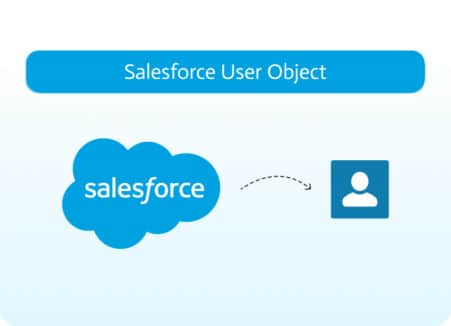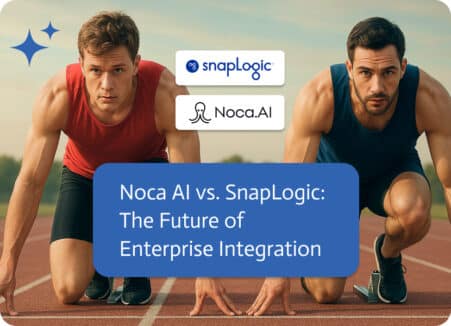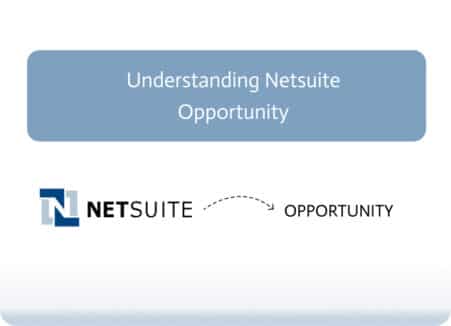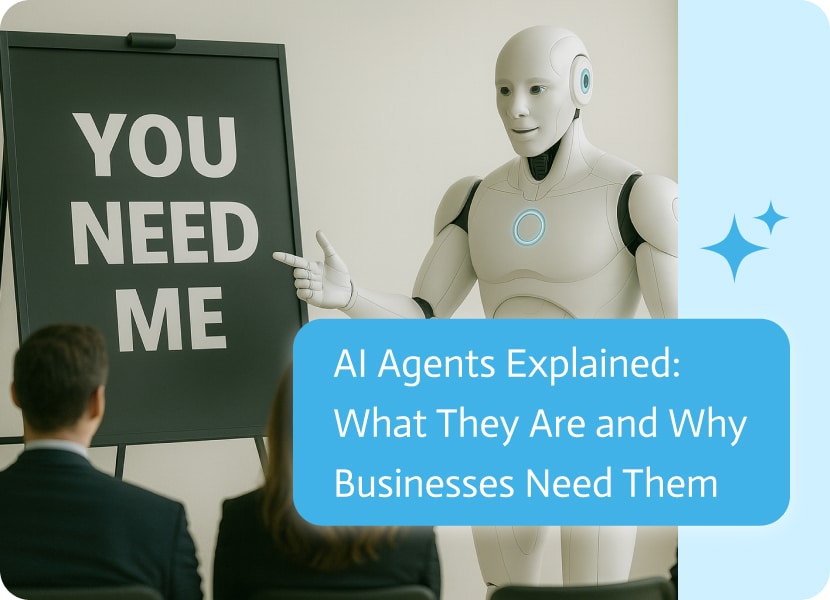
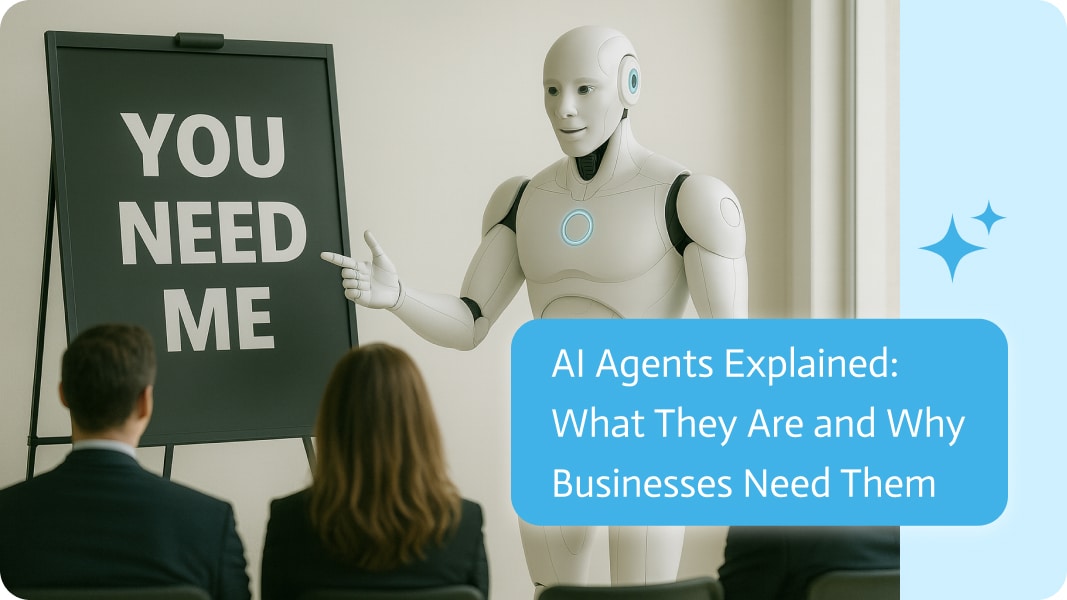
Digital Employees Explained: What They Are and Why Businesses Need Them
For decades, businesses have chased the promise of automation. The dream was simple: hand over the repetitive, boring stuff to bots and free humans to do higher-value work. What we got instead was a hodgepodge collage of chatbots, macros, and half-baked “helpers” that were good at sending reminders or grabbing data but terrible at actually finishing the job.
They weren’t employees as such, they were more akin to tools, and tools, as we all know, still require a person to operate them.
That’s changing now. There’s a whole new kind of tech that goes way beyond those basic bots. These are digital employees, and they’re like fully independent team members. They don’t just follow instructions; they actually deliver business outcomes end-to-end.
They don’t stall when a customer doesn’t answer the first email. They don’t choke when an invoice doesn’t match the template. They don’t throw their hands up and pass the problem back to a human. Instead, they think, adjust, and get the job done, just like someone reliable you’d work with every day.
This shift isn’t hype. It’s a complete overhaul of how companies build, grow, and run their operations.
Why Simple Agents Are Not Enough
Remember when chatbots were hailed as the next big thing or breakthrough in customer service? They could answer a few FAQs, maybe hand you over to a human when things got messy. Or the “virtual assistants” that were supposed to manage our calendars until they got confused by a reschedule and froze like a deer in headlights.
That’s the problem with those traditional agents, they were just transactional, not really transformational. They were built to handle fragments, a single query, a single form, and a single workflow. Useful, sure, but businesses don’t run on fragments, they run on tangible outcomes.
An “agent” could answer a billing question. But could it chase the late payment, negotiate a resolution, reconcile the books, and close the account? No. That’s the gap digital employees are built to close.
How Digital Employees Differ
The distinction is simple but profound:
- Agents do the tasks.
- Digital employees deliver outcomes.
Where an agent follows a script, a digital employee adapts. Where an agent punts exceptions to humans, a digital employee works through them. An agent needs careful babysitting, while a digital employee can be trusted to handle the whole process.
Let’s consider this scenario:
- A finance team asks a digital employee to collect overdue payments.
- Instead of blasting one template email, the employee checks which invoices are outstanding, cross-references account history, and drafts a personalized message.
- If the customer ignores it, the digital employee follows up with an SMS or escalates with a phone call prompt.
- If payment arrives, it reconciles the account, updates the ledger, and notifies the right manager.
- If not, it triggers the next step in collections without waiting for permission.
End result? Job done. Outcome delivered. That’s the core difference. Digital employees don’t just try. They finish.
How Digital Employees Actually Work
While the technology is sophisticated, the logic is refreshingly human-like. Fundamentally, digital employees bring together three layers of capability:
1. Natural Briefing
You don’t have to write complicated code or stitch together workflows. You give them instructions the same way you’d onboard a new hire: “Handle our supplier onboarding” or “Manage contract renewals.” They understand goals, not just the necessary steps involved.
2. Dynamic Reasoning
Ultimately, the real world gets messy, always, and that’s when they adjust. If a supplier sends documents that are not in the right order, if a customer changes their mind halfway, or if compliance rules shift, they don’t freeze. They find the next-best path to keep things moving.
3. Real Action Pipelines
Unlike chatbots that live in their own bubble, digital employees connect directly into the systems you already use, like your accounting software, your customer database, your HR system, and so on. They can click buttons, enter data, and do everything a human team member would do.
Together, these separate attributes create a worker who’s more than an assistant. It’s an actual member of your team, capable of carrying responsibilities from start to finish.
Why Businesses Need Them Now
The timing means everything. The world has reached a point where these traditional systems simply will not work anymore.
- Workloads are exploding. Regulations, customer demands, and problems with supply chains are multiplying year after year.
- Budgets are under pressure. Teams are expected to do more with less, without burning out their staff.
- Speed is king. A delayed response, a missed follow-up, or a compliance slip-up can cost millions by not only damaging the company’s reputation but also revenue lost.
Old automation tools just can’t keep up anymore. They can shave minutes off a task, but they don’t eliminate the need for someone to manage the entire process. That’s why businesses are looking at digital employees not as “helpers” but as instruments that help multiply their efforts.
Instead of a customer service agent juggling 200 cases, imagine them focusing on the 10 that genuinely need empathy and personal attention, all while digital employees resolve the other 190.
Instead of finance teams drowning in reconciliations, imagine them spending their energy on strategy and analysis while digital employees close the books. This isn’t about cost-cutting, it’s about unlocking scale without adding headcount.
From Tools to Teammates
Perhaps the biggest mental shift is how businesses view digital employees. You don’t use them, you hire them.
You give them a job description. You onboard them into your systems. You measure their performance against outcomes, not clicks. And you can be confident that they’ll get their jobs done, those jobs you’d normally hand to a junior colleague.
That’s why calling them “agents” feels outdated, because they’re not just assistants anymore, they’re teammates. And like any good teammate, the more you trust them, the more value they deliver.
Real-World Use Cases of Digital Employees in Business
To bring it down to earth, these areas’ are where digital employees are already proving their worth:
- Collections & Finance: From invoice generation to chasing late payments and reconciling financial records, they can manage the full cycle without human babysitting.
- Customer Lifecycle Management: Handling onboarding, renewals, and upgrades, only escalating when a human relationship is genuinely needed.
- Compliance & Risk: Running checks, validating documents, and adapting processes when regulations change, without missing deadlines.
- Procurement & Supply Chain: Onboarding vendors, verifying contracts, following up on shipments, and handling exceptions, the kind of grind that normally eats up teams.
Notice the pattern? These aren’t one-off tasks. They’re end-to-end workflows, the kind that digital employees excel at.
The Big Picture: Building a Digital Workforce
Here’s the vision: businesses won’t just have one or two digital employees. They’ll build digital teams that are specialized for finance, operations, following compliance laws, and client care. Together, they’ll form a digital workforce that scales alongside human teams, picking up the load where automation used to fail.
It’s not science fiction anymore, it’s happening now, and platforms like Noca are making it accessible to companies that don’t have time or resources to build complex digital employees from the ground up.
Final Words: The Real Value of Digital Employees
Digital employees aren’t here to replace people, they’re here to replace fragments. They’re here to take the endless, half-finished tasks off your plate and complete them from start to finish.
The old “agents” promised help, but digital employees deliver results.
And for companies that are prepared to welcome this shift, the payoff is massive: faster execution, leaner operations, and teams that finally get to focus on what they do best.
FAQs About Digital Employees and Automation
1. What’s the difference between a digital employee and an agent?
Agents handle tasks. Digital employees deliver outcomes. Agents stall at exceptions; digital employees adapt and finish the job.
2. Do digital employees replace people?
No. They complement them. Staff focus on strategy, creativity, and interpersonal communication, so digital employees can handle repetitive but critical end-to-end processes.
3. How do I hire a digital employee?
You brief it like a new team member, integrate it into your systems, and assign it responsibilities. Platforms like Noca make this onboarding process straightforward.
4. Can digital employees handle exceptions?
Yes. That’s their biggest strength. Unlike older bots, they don’t freeze with complications, they adapt to the task forward.
5. What kinds of processes are best suited for digital employees?
Anything end-to-end: collections, supplier onboarding, compliance workflows, customer lifecycle management, HR processes. If it’s repetitive but outcome-driven, a digital employee can handle it.
